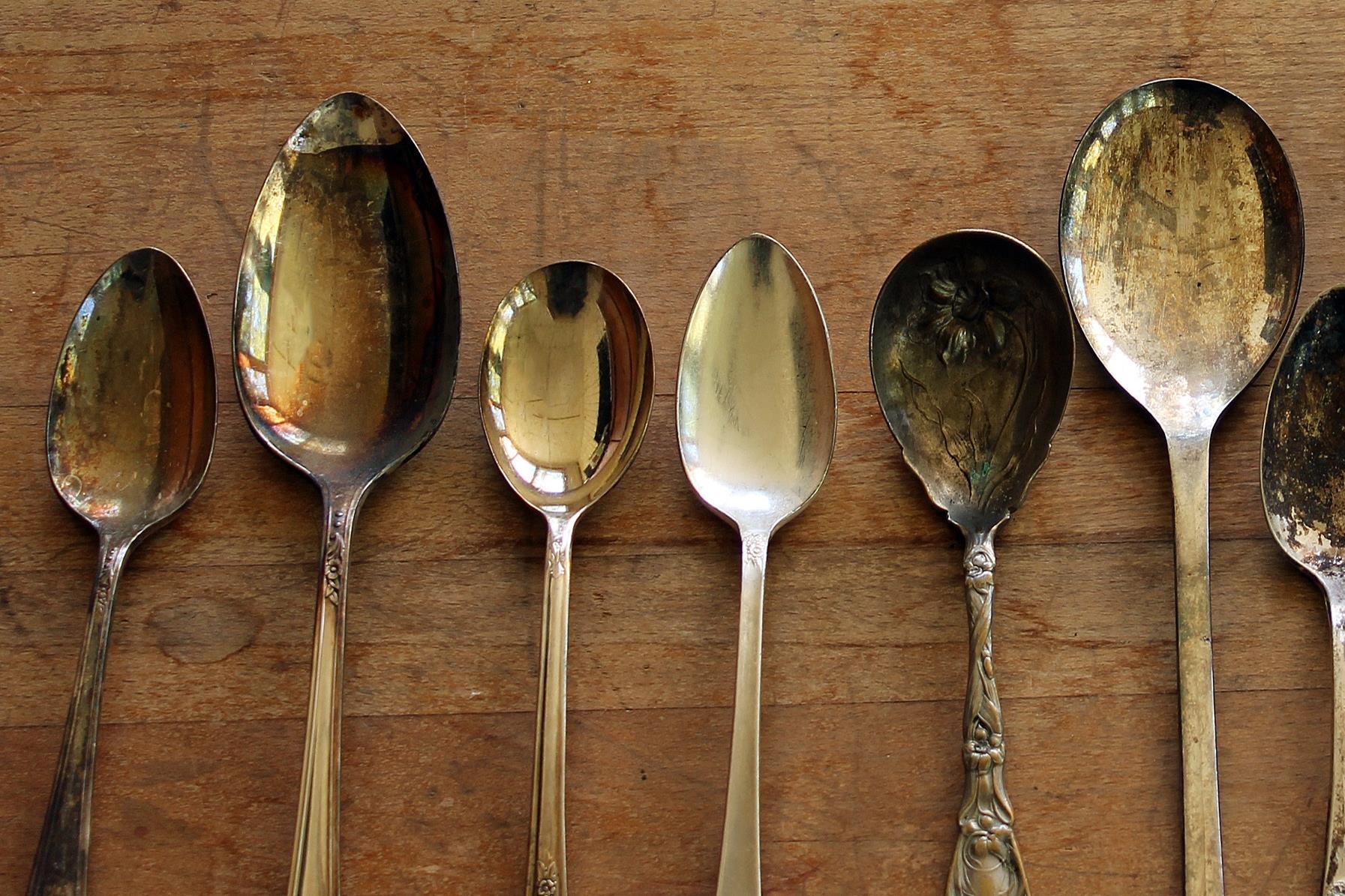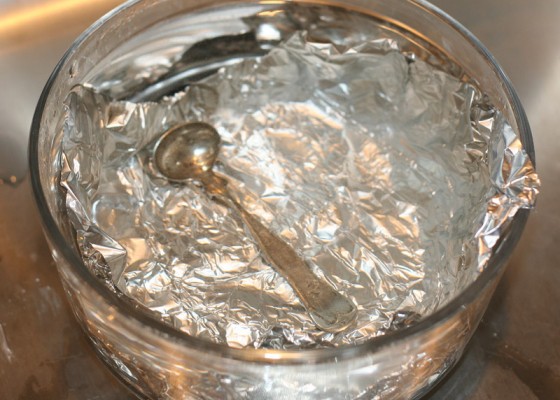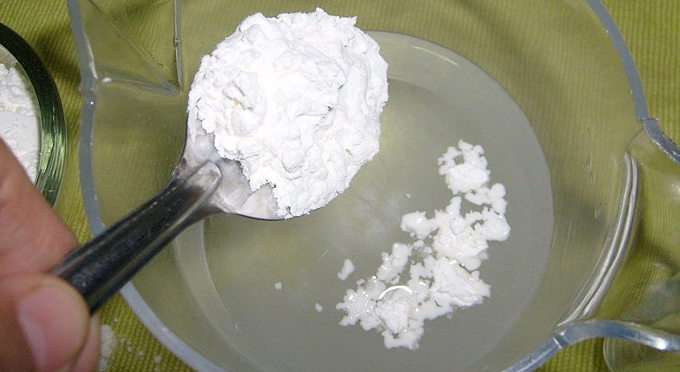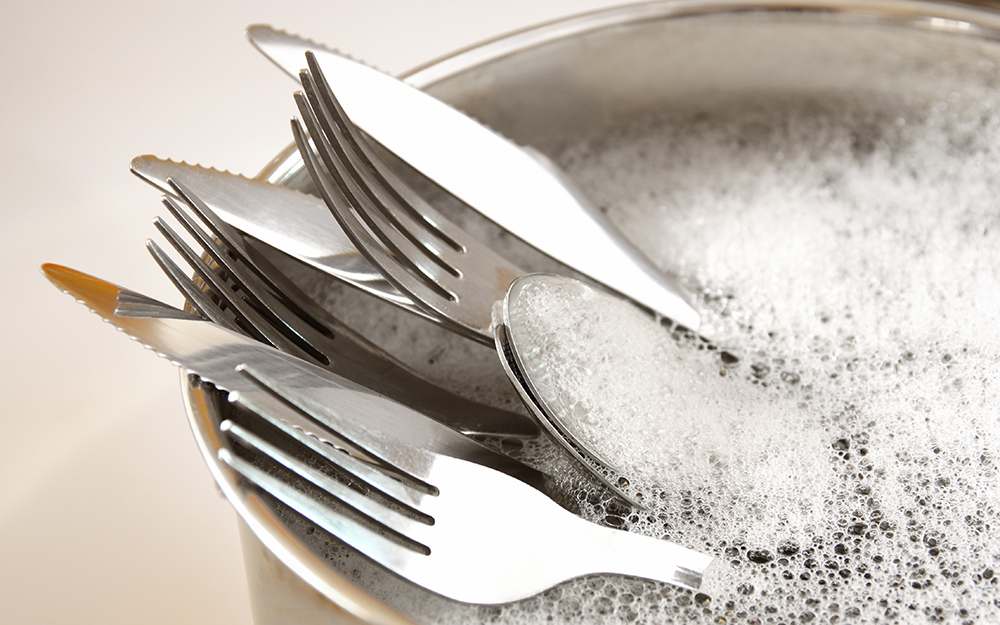It occurs in an uncombined form in nature and ores like argentite and horn silver. Around 20,000 tonnes of silver is produced every year. Silver is used to make jewelry, tableware, mirrors, dental alloys, solder, etc. Silver also has antibacterial properties. Certain materials undergo corrosion. Corrosion deteriorates the material gradually. It is commonly seen that the luster of silver products diminishes with time. Many of you have questions floating in your mind if silver also undergoes rusting or not. In this article, I will answer your queries and will cover its related important topics. So, does silver rust? No, Silver does not rust. It tarnishes with time due to exposure of silver metal to gases containing sulfur. Silver atoms on the surface react with these gases and undergo oxidation and form a layer of silver sulfide ie; a black layer on it. Pure Silver is very soft and does not tarnish. Well, to clarify it, let’s read it out in detail.
Why Silver does not Rust?
Rust is a common name for iron oxide. It is reddish-brown in color. Rust is formed when iron or ferrous metals react with atmospheric oxygen and moisture. It is an oxidation reaction. Rust is a form of corrosion.
Silver is neither a ferrous metal nor it reacts with atmospheric oxygen. Thus, we cannot call corrosion of silver rusting.
Why Does Silver Tarnish?
Tarnishing of a metal results in loss of color or luster. A dull layer is formed over the metal surface on tarnishing. It is an oxidation reaction. It is also a form of corrosion in which a thin layer of metal oxide or sulfide is formed. It is also called dry corrosion. It is different from rust as it is not limited to iron and ferrous compounds. The color of silver becomes dull when exposed to gases containing sulfur, hydrogen sulfide to be specific. These gases react with silver to form a layer of silver sulfide which is black in color. It is a surface phenomenon as only the silver atoms at the surface are involved.
Hydrogen sulfide is a corrosive pollutant with a rotten egg-like smell. It is found in air, paints, textiles, etc. Pure silver does not tarnish, but we can not use pure silver as it is very soft. It is mixed with copper to form alloys. The tarnishing is aggravated because of copper impurities. The layer can be removed, but the procedure requires labor, and silver is lost in the process. Tarnishing of metals is a chemical change as we rarely get back the original silver product.
How long does it take for Silver to tarnish?
Silver is tarnished due to the presence of hydrogen sulfide in the atmosphere. The rate at which it tarnishes depends on the concentration of H2S. Relative humidity increases the rate at which silver tarnishes. Our sweat contains sodium chloride, which reacts with silver to form silver chloride, which is sensitive to light and darkens with time. This results in fingerprint stains on silver products. A lower percentage of silver in an alloy favor tarnishing. Some materials aggravate the rate. Some of them are eggs, plaster casts, heating fuel, etc. The time required for tarnishing is not definite. It ranges from a couple of weeks to years. Silver would tarnish immediately if dipped in a liquid containing sulfur and preserved for years if taken care of. In humid regions, silver can get tarnished in a few months.
The Chemical Reaction of Corrosion of Silver
When the silver products are exposed to sulfur-containing gases in the atmosphere, silver reacts with those gases to form silver sulfide, turning the topmost layer black or dull in color. The equation representing corrosion of silver is 4Ag + H2S + O2 —-> Ag2S + H2O Copper impurities in silver articles aggravate the corrosion. Copper in silver articles reacts with moist air to form a green layer. The equation for corrosion of copper is as follows 2Cu + H2O + O2 + CO2 —–> Cu(OH)2 + CuCO3
Why Does Silver Turn Black or Green?
When silver reacts with sulfur-containing gases in the atmosphere, silver sulfide is formed on the surface, which is black in color. Silver may also react with oxygen to form a silver oxide, which is also black in color. The reaction of silver with oxygen is negligible in comparison to its reaction with sulfur. Pure silver is too soft to be used. Hence, silver is commonly mixed with copper. An alloy made of 92.5 % silver and 7.5% copper is called sterling silver. There are many other alloys with varying proportions of copper and silver. Copper in these alloys reacts with moisture and salts to develop a green layer called patina. This is an oxidation process. The chemical composition of the green layer is copper hydroxide and copper carbonate. People observe that if the skin under a silver ring turns green, the ring is of bad quality, but this is not true. The skin turns green because the ring is made of silver and copper. The constant sweating and natural oils produced by our body cause it to tarnish.
Best Ways to Clean Silver at Home
Silver articles often develop black or green layer, making them look dull and dirty. It becomes essential to clean this layer. The process requires human efforts, and sometimes the amount of silver is lost in the process. Some of the procedures for cleaning silver at home are
Using Aluminium Foil and Vinegar
Using Cornstarch
Using Aluminum Foil and Laundry Detergent
There are many other methods that use aluminum foil, toothpaste, lemon juice, or baking soda. Aluminum has more affinity for sulfur than silver, and it reacts with silver sulfide to form aluminum sulfide, and silver atoms become free. The rate of this reaction can be increased by increasing the system’s temperature. In museums, the tarnish on silverware is cleaned using a slurry prepared using special abrasives that do not harm the article. One such slurry is prepared using chalk (precipitated CaCO3) and water and applied using a soft cloth. This process for cleaning should be carefully chosen for silver-coated materials as some silver in the topmost layer can be removed along with tarnish while using abrasives.
How to Prevent Silver from Tarnishing?
We have often heard that prevention is better than cure. Therefore, to prevent the tarnishing of silver, we need to work on the factors responsible for the same. We need to keep it away from moisture and H2S, which is practically impossible if kept in open or closed conditions. We can always slow down the process. In some cases, it is required to prevent tarnishing.
- Storing Silverware Properly
Do not wrap silver products in a newspaper, bubble wraps, or plastics. Keep the product in dry conditions. One can keep some chalk pieces nearby silver items to absorb moisture. Do not store silver in wooden drawers. Unique bags are available which are impregnated with silver particles. Store in airtight containers. Keep away from food items like egg, salad dressing, onions, etc.
- Coat the silver surface with a clear lacquer. It prevents the direct contact of silver with atmospheric gases, and a layer of tarnish is not formed.
- Clean the silver articles regularly using warm water and gentle soap. Wipe the surface with a dry and soft cloth.
Conclusion
Silver does not rust; it tarnishes. The luster is lost, and the surface becomes dull on tarnishing. The surface of silver gets covered by a layer of silver sulfide. The rate of the tarnish of a silver product depends on relative humidity, the concentration of hydrogen sulfide in the atmosphere, packaging material, etc. The color of silver changes from grey to black. Silver can be cleaned at home to remove the tarnished layer. Preventing the silver from tarnishing is a better idea than cleaning it later. Happy Reading!







